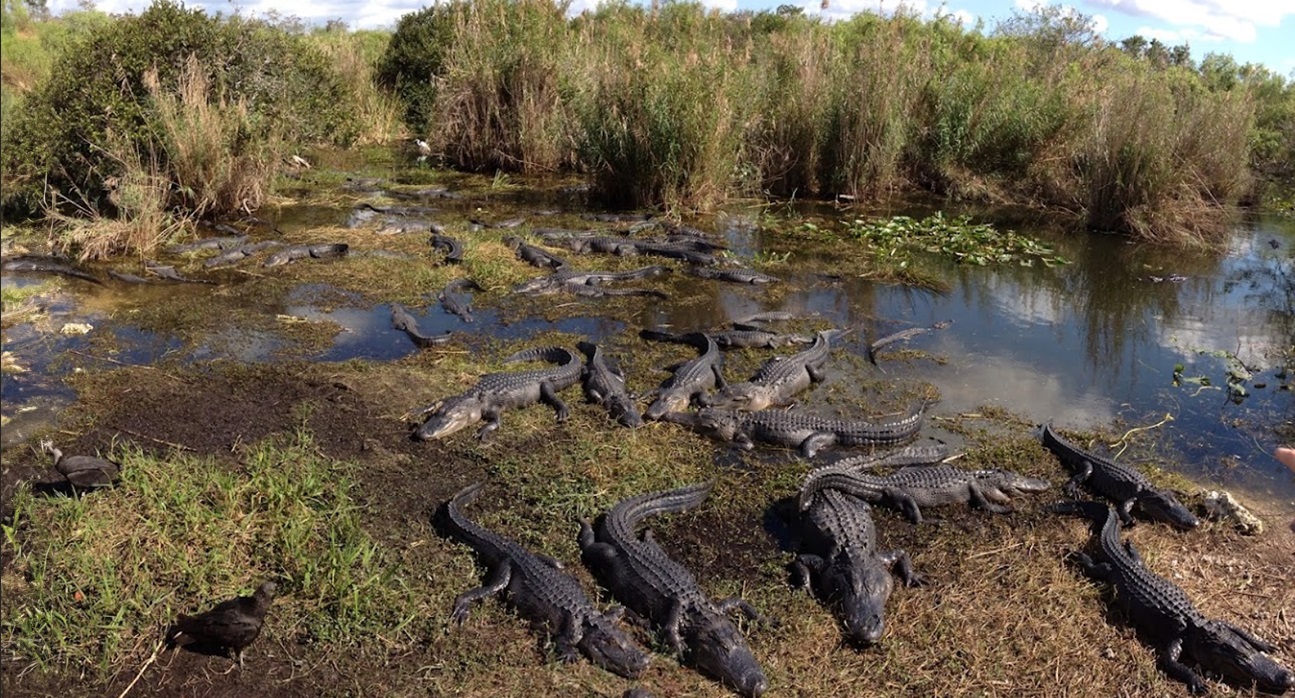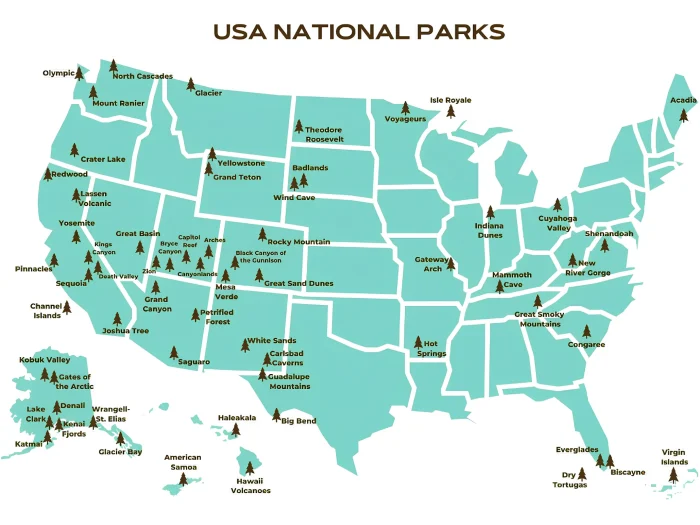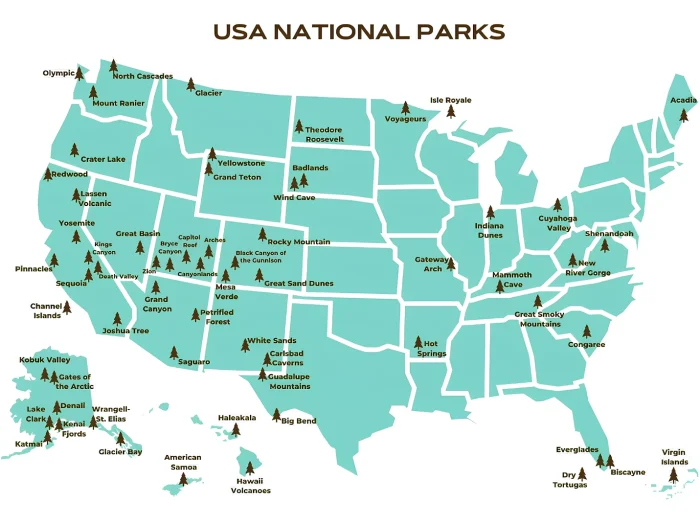Wildlife Watching in South Florida’s National Parks
South Florida’s national parks are a haven for wildlife enthusiasts, offering diverse ecosystems teeming with a wide variety of species. From the unique habitats of the Everglades to the vibrant coral reefs of Biscayne, these parks provide unparalleled opportunities to observe wildlife in their natural environments. Whether you’re an avid bird watcher, a marine life enthusiast, or simply a nature lover, South Florida’s national parks offer something for everyone.
In this guide, we will explore some of the best wildlife watching opportunities in South Florida’s national parks. We’ll take you through the rich biodiversity of the Everglades, the underwater wonders of Biscayne, and the coastal beauty of Dry Tortugas. Additionally, we’ll highlight practical tips and essential information to help you plan your trip, ensuring you have the best wildlife watching experience possible. And for those interested in eco-friendly adventures, we’ll dive into the exciting boat tours in Key West, offering a chance to see dolphins and other marine life while promoting sustainable tourism.
Everglades National Park
Everglades National Park is one of the most unique ecosystems in the world, offering a vast, subtropical wilderness that is home to an incredible array of wildlife. Spanning over 1.5 million acres, the Everglades provide habitats for numerous species of birds, mammals, reptiles, and amphibians.
Bird Watching: The Everglades is a bird watcher’s paradise. Over 360 species of birds have been recorded in the park, making it one of the top birding destinations in North America. Some of the most iconic birds you can spot include the Roseate Spoonbill, Great Blue Heron, and the endangered Snail Kite. The Anhinga Trail and Paurotis Pond are popular spots for bird watching, offering excellent vantage points to see a variety of wading birds and waterfowl.
Alligators and Crocodiles: The Everglades is the only place in the world where alligators and crocodiles coexist. The American Alligator is commonly seen basking along the banks of canals and sloughs, while the less common American Crocodile is found in the coastal areas of the park. Shark Valley and the Royal Palm area are great places to observe these fascinating reptiles in their natural habitat.

Alligators in Everglades National Park (image: Antonio Perez Coss)
Manatees and Dolphins: The park’s waterways are also home to the gentle West Indian Manatee and playful Bottlenose Dolphins. Manatees can often be seen in the warmer waters of the park’s rivers and estuaries, especially during the winter months. Dolphins are frequently spotted in Florida Bay, where they hunt for fish and interact with each other.
Practical Tips: To maximize your wildlife watching experience in the Everglades, consider taking a guided tour. Park rangers and local guides offer a wealth of knowledge about the park’s ecosystems and can help you spot elusive species. Early morning and late afternoon are the best times for wildlife viewing, as animals are most active during these periods. Be sure to bring binoculars, a camera, and plenty of water to stay hydrated in the humid climate.
Biscayne National Park
Biscayne National Park protects a rare combination of aquamarine waters, emerald islands, and coral reefs teeming with marine life. Covering 172,000 acres, the park is 95% water, making it a paradise for snorkeling, diving, and boating enthusiasts.
Coral Reefs and Marine Life: The coral reefs of Biscayne are home to a vibrant array of marine species, including colorful fish, sea turtles, and rays. Snorkeling and diving are the best ways to explore these underwater ecosystems. The Maritime Heritage Trail offers a unique snorkeling experience, where you can explore shipwrecks and reefs brimming with marine life. Look out for the elusive Spotted Eagle Ray, the Green Sea Turtle, and schools of Blue Tang and Parrotfish.
Bird Watching: Biscayne is also a haven for bird watchers. The park’s islands and mangrove forests provide important nesting and feeding grounds for numerous bird species. The Sandspur Island and Elliott Key are excellent spots to see wading birds, shorebirds, and migratory species. Look for the striking White Ibis, the majestic Osprey, and the elusive Mangrove Cuckoo.
Practical Tips: To fully appreciate the marine life of Biscayne, consider joining a guided snorkeling or diving tour. These tours often include all necessary equipment and provide expert guidance on the best spots to see wildlife. If you prefer to stay dry, glass-bottom boat tours offer a fantastic way to view the underwater world without getting wet. Be sure to bring sunscreen, a hat, and plenty of water to stay protected and hydrated in the sunny, tropical climate.
Dry Tortugas National Park
Dry Tortugas National Park is a remote paradise located 70 miles west of Key West. Accessible only by boat or seaplane, this park is famous for its crystal-clear waters, pristine coral reefs, and historic Fort Jefferson. The park’s isolation makes it a haven for a wide variety of wildlife.
Marine Life: The waters surrounding Dry Tortugas are teeming with marine life. Snorkelers and divers can explore vibrant coral reefs that are home to an array of fish, sea turtles, and rays. The Windjammer Wreck, located in the park, is a popular snorkeling spot where you can see the remains of a 19th-century shipwreck surrounded by marine life. Look for the Hawksbill Sea Turtle, the vibrant Queen Angelfish, and schools of Yellowtail Snapper.
Bird Watching: Dry Tortugas is a critical nesting site for several bird species, including the Sooty Tern and Brown Noddy. The park is also a key stopover for migratory birds traveling along the Atlantic Flyway. Bird watchers can enjoy observing a variety of species, including the Magnificent Frigatebird, Masked Booby, and the elusive Black Noddy. Garden Key and Bush Key are prime bird watching locations, especially during the spring and fall migration seasons.
Practical Tips: Given its remote location, planning a trip to Dry Tortugas requires some preparation. The park is accessible by ferry, seaplane, or private boat. Consider booking a guided tour to make the most of your visit. These tours often include snorkeling equipment and provide insights into the park’s natural and historical features. Bring plenty of water, snacks, and sun protection, as facilities are limited on the island.
Exploring the Nature and Wildlife of Key West with Boat Tours
Key West, located at the southernmost point in the continental United States, is a tropical paradise known for its stunning landscapes, vibrant coral reefs, and rich biodiversity. The area is not only a haven for tourists seeking sun and sea but also a gateway to some of the most unique and ecologically significant national parks in South Florida. Key West’s proximity to places like Dry Tortugas National Park and the Florida Keys National Marine Sanctuary makes it an ideal destination for nature lovers and wildlife enthusiasts.
Key West’s surrounding waters are home to an array of marine life, including dolphins, sea turtles, and countless species of tropical fish. The lush mangrove forests and serene coastal areas also provide habitats for various bird species, creating a perfect environment for wildlife watching. The crystal-clear waters and well-preserved ecosystems make it a prime location for activities such as snorkeling, kayaking, and dolphin watching.
Key West boat tours, particularly eco-friendly ones, are an excellent way to explore the natural beauty and wildlife of Key West. These tours offer a unique perspective of the area’s marine and coastal ecosystems, allowing visitors to access remote locations that are often teeming with wildlife. Eco-friendly boat tours emphasize sustainable practices, ensuring that the natural habitats and the species that live there are protected for future generations. Eco-friendly boat tours focus on minimizing their environmental impact by using energy-efficient vessels, adhering to strict wildlife viewing guidelines, and promoting conservation efforts.
By choosing eco-friendly boat tours, visitors not only enjoy a memorable and educational experience but also contribute to the conservation of Key West’s precious ecosystems. These tours help raise awareness about the importance of environmental stewardship and support local conservation efforts, ensuring that the natural beauty and biodiversity of Key West remain intact for future visitors to enjoy.
Wrapping Up Your Wildlife Watching Adventure
South Florida’s national parks offer an incredible array of wildlife watching opportunities that cater to all interests and skill levels. From the vast wetlands of the Everglades to the vibrant coral reefs of Biscayne and the remote beauty of Dry Tortugas, these parks provide unique habitats that are home to an astonishing variety of species.
Whether you’re an experienced birder, a marine life enthusiast, or a family looking for a fun and educational outing, South Florida’s national parks have something for everyone. The parks’ commitment to conservation and sustainable tourism ensures that these natural wonders will continue to thrive for generations to come.
As you plan your wildlife watching adventure, be sure to research and prepare adequately. Respect the natural environment, follow park guidelines, and consider joining guided tours to enhance your experience. For more information and resources on planning your trip, visit the National Park Service website and other reputable sources.




